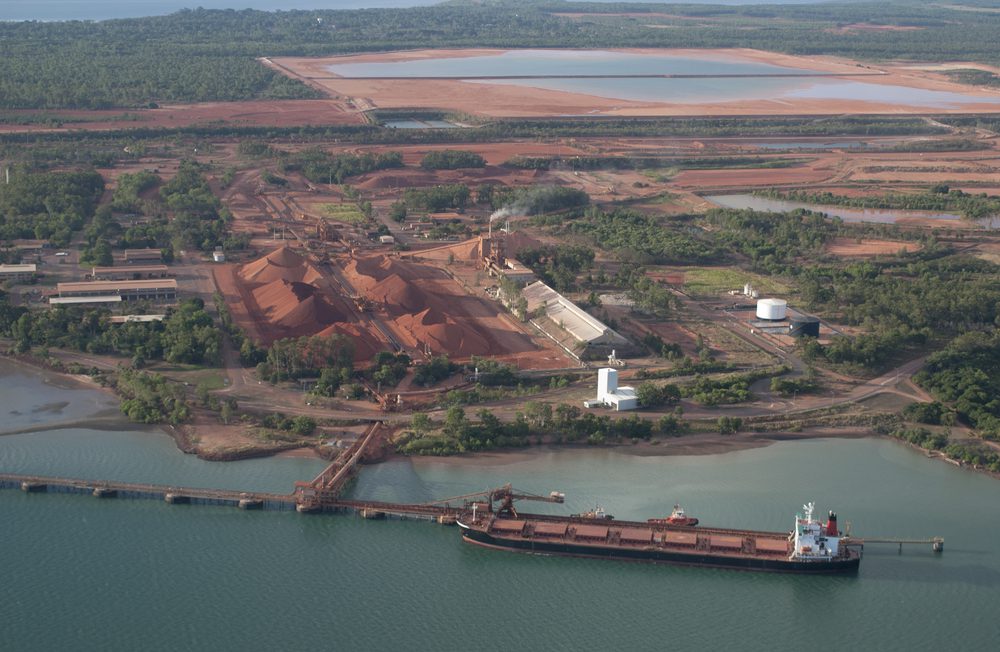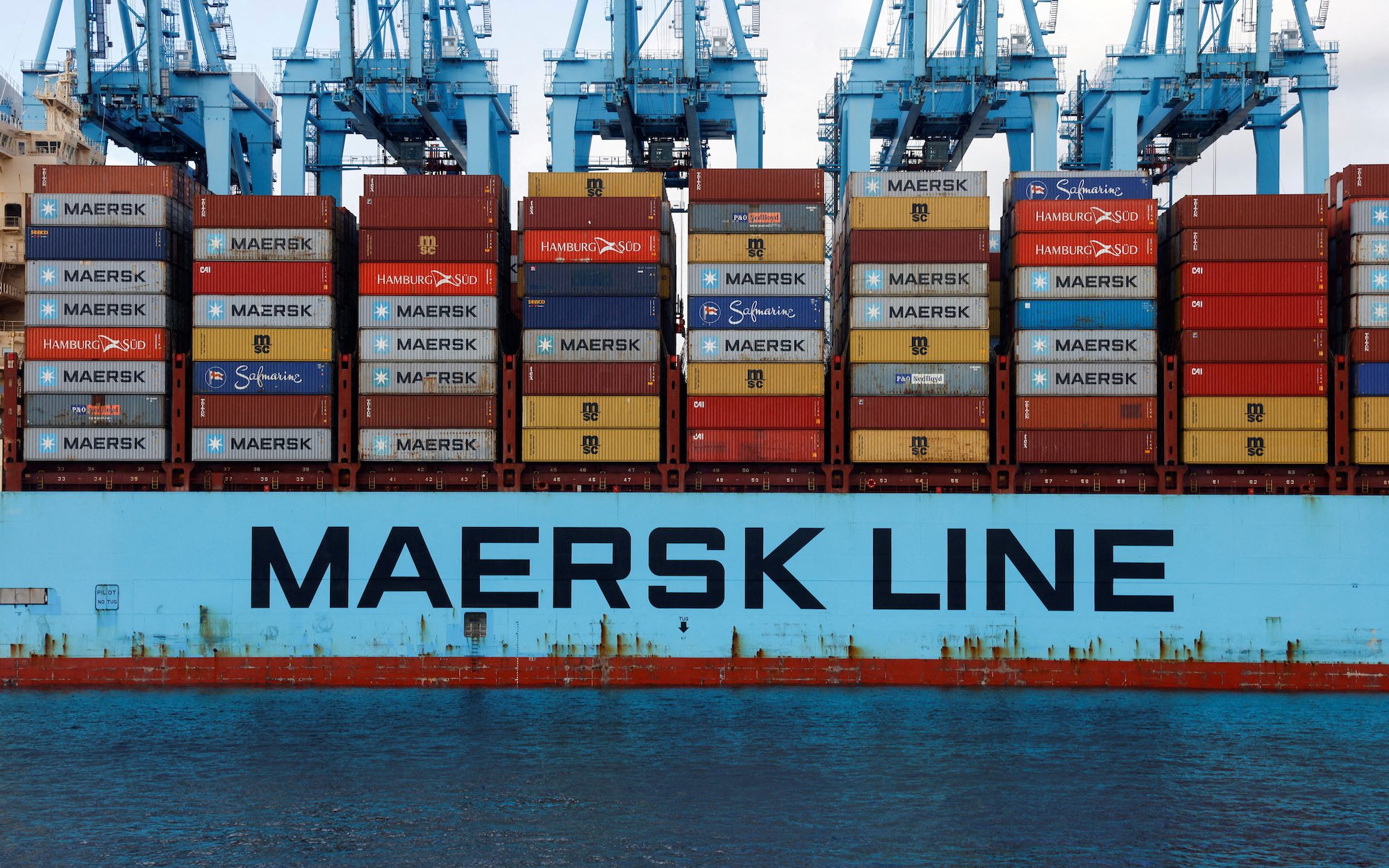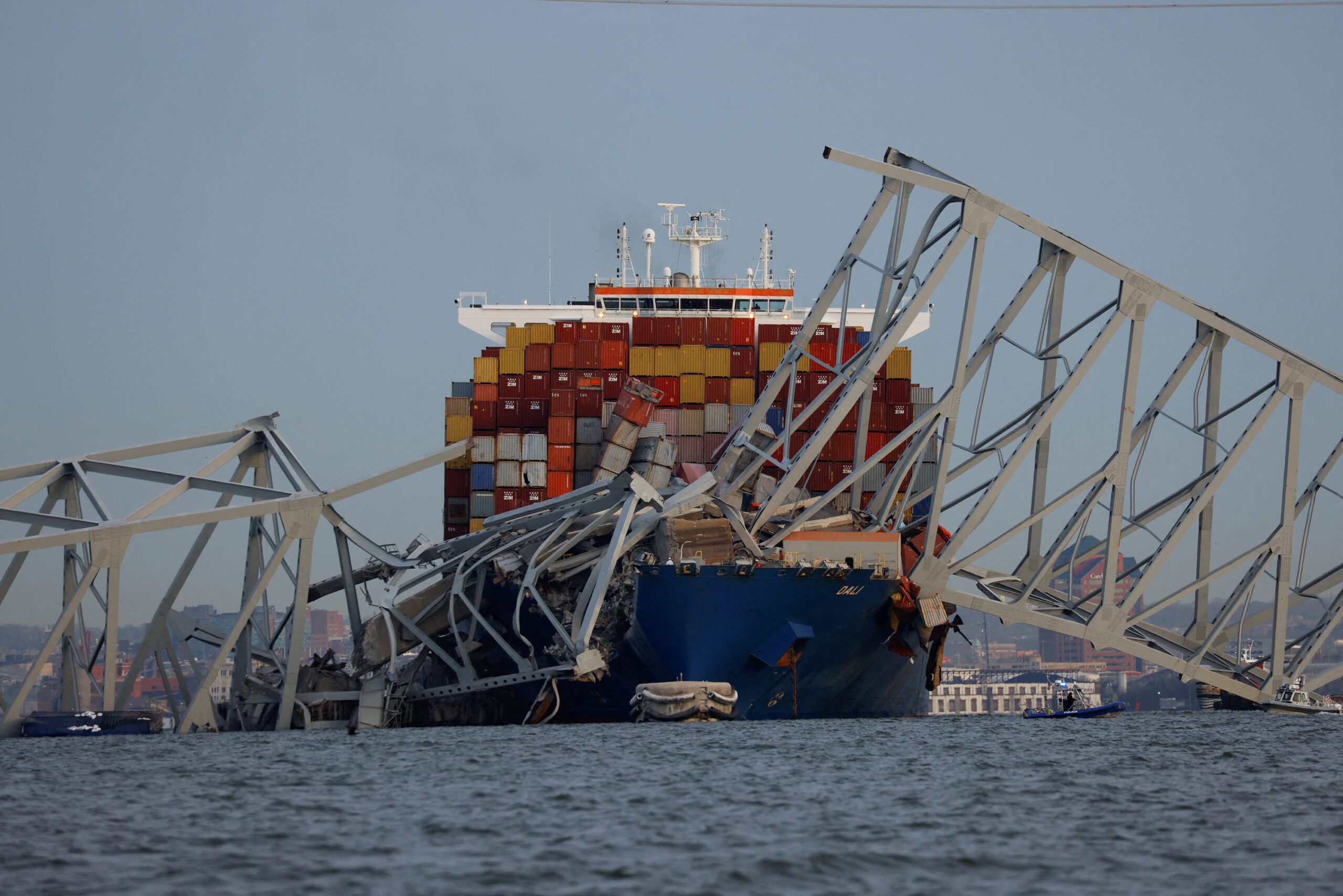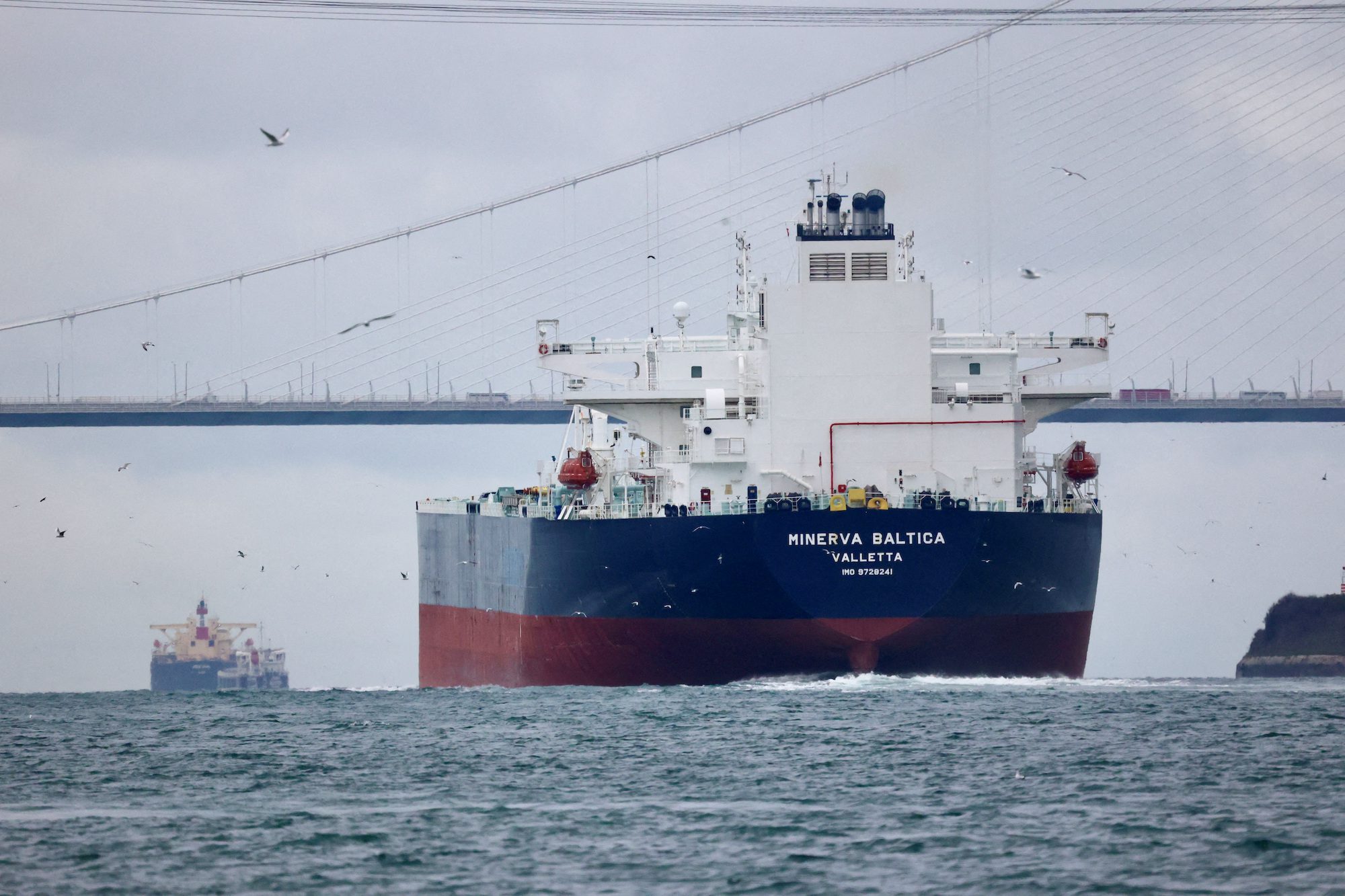The recent loss of the Bulk Jupiter off Vietnam has once again prompted insurers to warn over the carriage bauxite aluminum ore cargoes and the potential for liquefaction.
The Gearbulk-owned MV Bulk Jupiter unexpectedly sank after departing from Kuantan, Malaysia on December 30 fully laden with 46,400 metric tons of bauxite, a clay-like substance that is the primary ore used in the production of aluminum. All but one of the 19 crewmembers onboard were lost in the accident.
Liquefaction is a phenomena in which a dry cargo becomes liquified, which can cause a ship to lose stability quickly and unexpectedly due to the internal movement of the cargo. Liquefaction has long been known to be a major source of marine casualties. While the exact causes of loss of the Bulk Jupiter are not known at this time, the circumstances surrounding the loss of the vessel are similar to those of previous cases involving cargo liquefaction, prompting some insurers to once again issue warnings over bauxite liquefaction.
Bauxite is typically listed in the International Maritime Solid Bulk Cargoes Code (IMSBC) as a ‘Group C’ cargo, meaning it is not known to liquefy or possess a chemical hazard, although it is noted that the ‘Group C’ categorization with a moisture content between 0% and 10%, consists of 70% to 90% of lumps with a size between 2.5 mm and 500 mm, and is 10% to 30% of powder. In some cases, however, bauxite cargoes have been known to exhibit liquefaction characteristics similar to high-risk ‘Group A’ cargoes, such as high-profile nickel ore, aka the world’s most dangerous cargo, under certain circumstances.
A joint statement issued this week by the Britannia P&I and the Norwegian Hull Club to members noted that in the last month Malaysia has experienced extremely heavy monsoon rain, causing stock piles of bauxite at ports such as Kuantan to become very wet.
“Clients proposing to load or in the process of loading a cargo of bauxite in Kuantan, Malaysia or any other port with prevailing or recent wet weather conditions are therefore advised to contact the Managers promptly to assess the requirement for appointing a suitable surveyor, and to treat these cargoes as potential Group A cargoes, i.e. cargoes which may liquefy if shipped at a moisture content in excess of their transportable moisture limit,” the joint statement warned.
A statement from the American Club, a P&I club based out of New York, raised similar concerns.
“The liquefaction of bauxite cargo specifically has, indeed, occurred in the past. Such cargoes have been those which, for the most part, have contained a large proportion of very fine material,” the American club statement said.
“Members intending to carry cargoes of bauxite should be aware of the above and, in particular, that such cargoes are prone to liquefaction in certain circumstances. In any event, should Members have any concerns over the carriage of cargoes of bauxite, they are urged to contact the Managers for further advice and assistance.”
Last year, a statement from the North P&I Club warned shipowners carrying bauxite cargoes of the potential for bauxite cargoes to liquefy at sea, citing a number of instances where bauxite cargoes specifically from Brazil and Indonesia exhibited the liquefaction characteristics of Group A cargoes.
According to the statement issued in February 2013: “Fortunately none of the incidents have resulted in losses to vessels or crew members. However, as seen in high-profile incidents involving liquefaction of nickel and iron ore cargoes, the resulting loss of vessel stability can be fatal,” said North’s Risk Management Executive Colin Gillespie.
“Conditions which take the cargo outside the Group C specification, such as excessive moisture due to heavy rainfall allied to a high fines content may mean the cargo displays the characteristics of a Group A cargo,” said Gillespie.
Unlock Exclusive Insights Today!
Join the gCaptain Club for curated content, insider opinions, and vibrant community discussions.

 Join The Club
Join The Club













